I have a theory that politicians across different parties in Scotland are all Scottish nationalists.
And before that causes supporters of both independence and the Union to choke on whatever they may be consuming while reading this, let me explain.
What I mean is there isn’t just a consensus about the reality of Scottish nationality. There is also cross-party agreement about there being a political dimension to this that has to be recognised and acted upon.
Whatever constitutional position any party advocates is secondary to the fact that every politician in Scotland understands the need to have policies, including on the constitution, that (at least in their view) match Scottish needs and circumstances.
It isn’t solely or even mainly about what’s best for Britain.
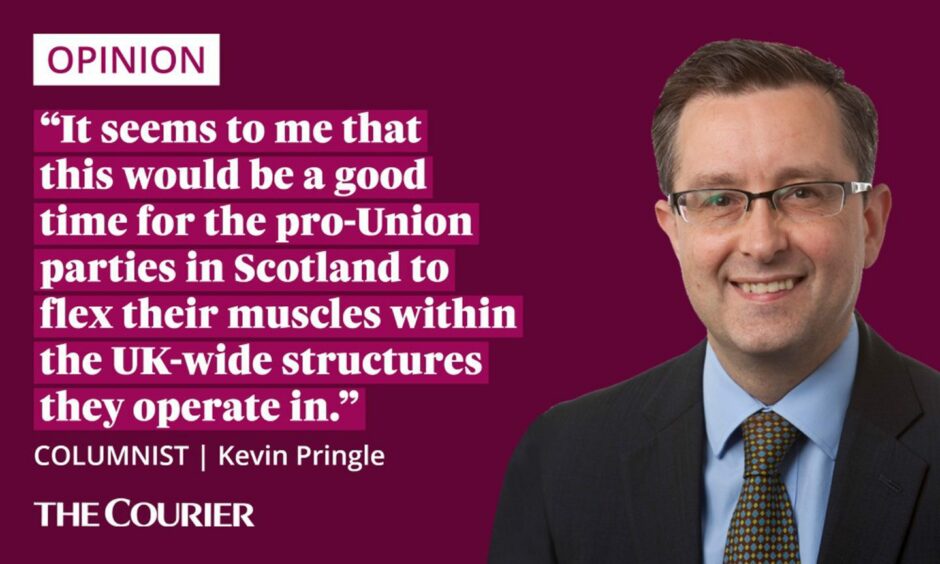
The distinctiveness of Scottish politics has obviously grown since the establishment of the Scottish Parliament in 1999, and even more so since the 2014 independence referendum.
However, it has a much older vintage.
General election is an opportunity for pro-Union parties in Scotland
In his book about Winnie Ewing’s triumph and the SNP breakthrough at the Hamilton by-election in 1967, James Mitchell, professor of public policy at the University of Edinburgh, concludes: “After Hamilton, politics in Scotland would be viewed through a Scottish lens by all parties seeking support north of the border.”
Going even further back, the Perth-born novelist and Conservative MP, John Buchan, couldn’t have been clearer in asserting the need to uphold Scottish interests, as he saw them.
During a House of Commons speech in 1932, Buchan insisted that every Scot “should be a Scottish nationalist”, while also arguing forcefully and eloquently (in my view mistakenly) against Scotland having a “separate legislature”.
It seems to me that this would be a good time for the pro-Union parties in Scotland to flex their muscles within the UK-wide structures they operate in.
If their colleagues in London are to be believed, Scotland is going to be central to the outcome of the next general election.
Labour and Tories convinced Scotland is key to election success
At the Scottish Conservative conference last Friday, Tory chairman Greg Hands said: “It could be that Scotland is the deciding factor” in the election.
For his part, when addressing Labour’s Scottish gathering back in February, Keir Starmer argued that “the path to a Labour victory must run through Scotland”. Indeed, he went further in a BBC interview last month by conceding that Labour would need “a strong showing in Scotland” for a government led by him to have “legitimacy”.
If they were of a mind to, Anas Sarwar and Douglas Ross, leaders of Scottish Labour and the Scottish Conservatives respectively, could derive political clout from this situation.
If Scottish seats are apparently so important to the British fortunes of their parties, they are therefore in a strong position to redress both the perception and reality of the current power imbalance between their “branch office” status in Scotland versus the control exercised in London.
Doing so would also help to improve the policy offerings of these parties on a pan-UK basis.
Where is Scotland in the Union’s future?
There are many areas where Mr Sarwar and Mr Ross could try to push their colleagues at Westminster in a better direction.
For example, a more liberal approach to immigration and closer connections with the EU – both of which reflect mainstream Scottish opinion – would help us to address the serious economic and demographic challenges faced north of the border.
It was Gordon Brown who told us before the independence referendum that “the future for Scotland is not leaving the United Kingdom; it is leading the United Kingdom” – which sounds pretty nationalistic.
If the unionist parties aren’t even willing to try this, it doesn’t say much for the future of the Union.
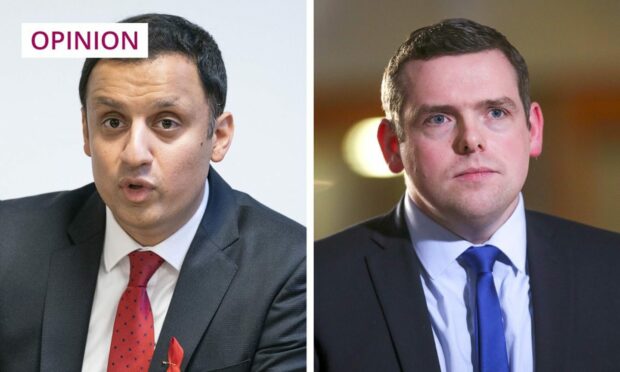
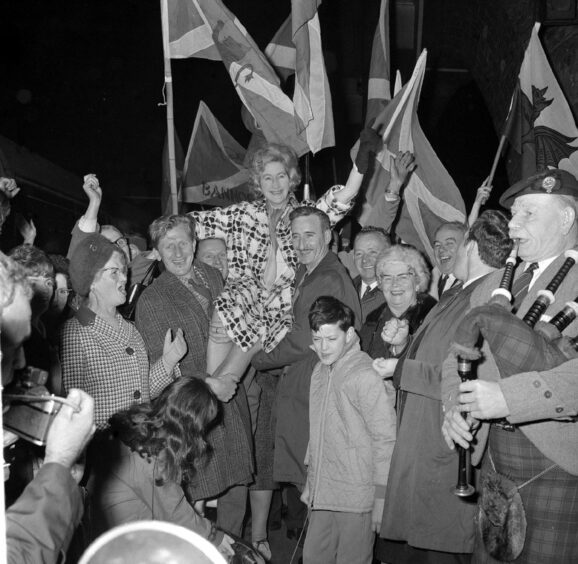
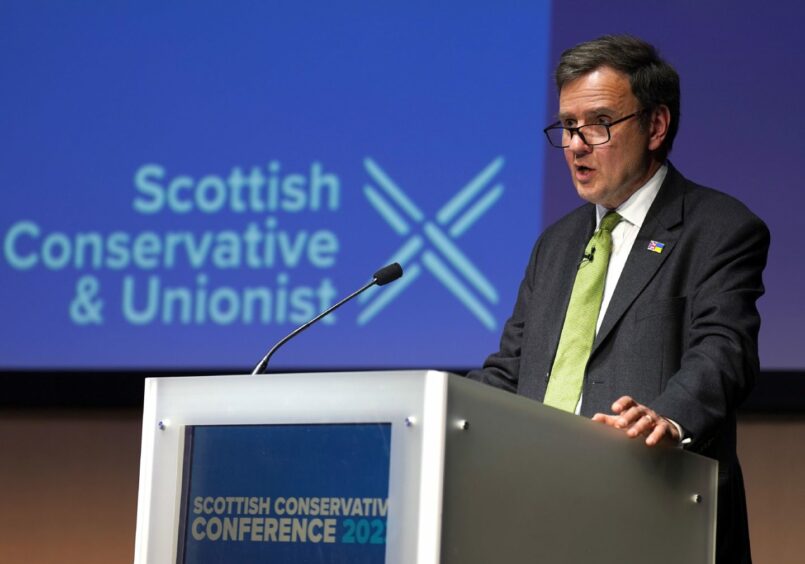
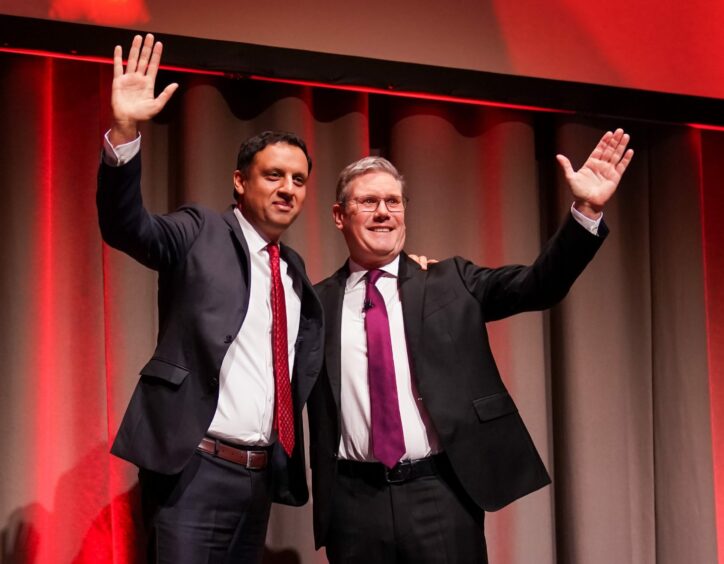








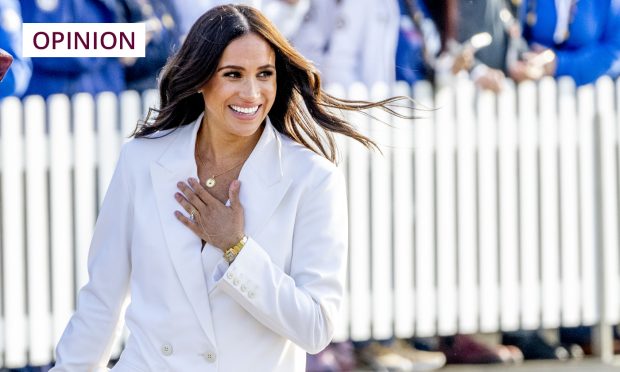
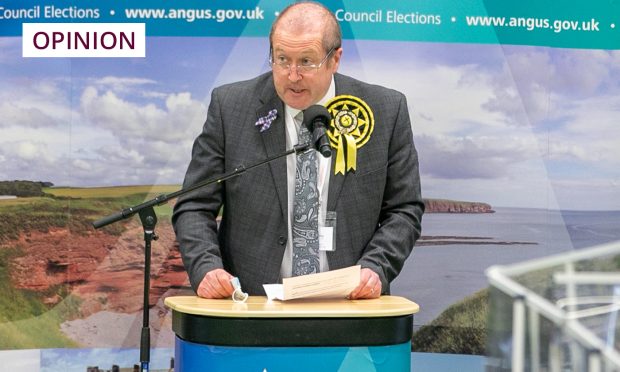
Conversation